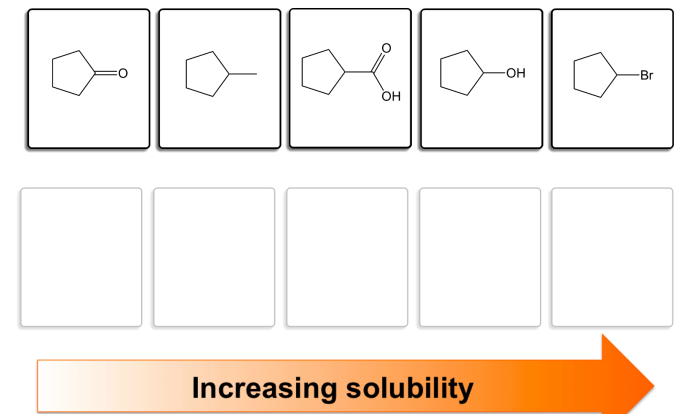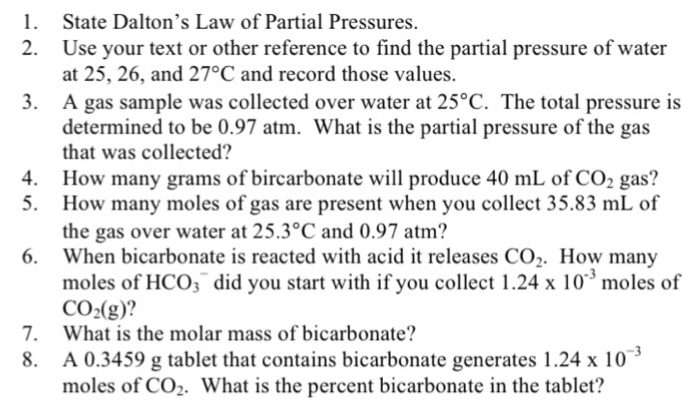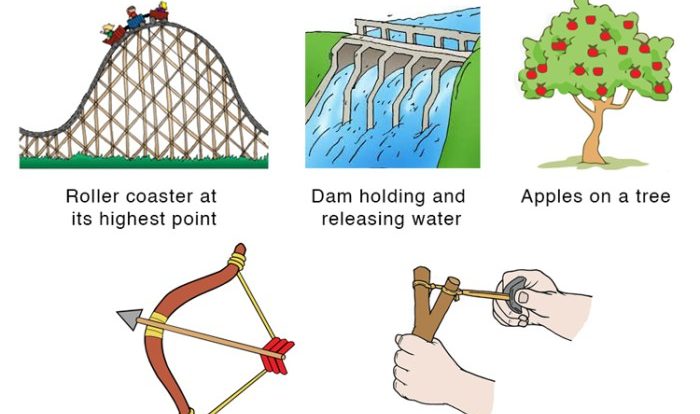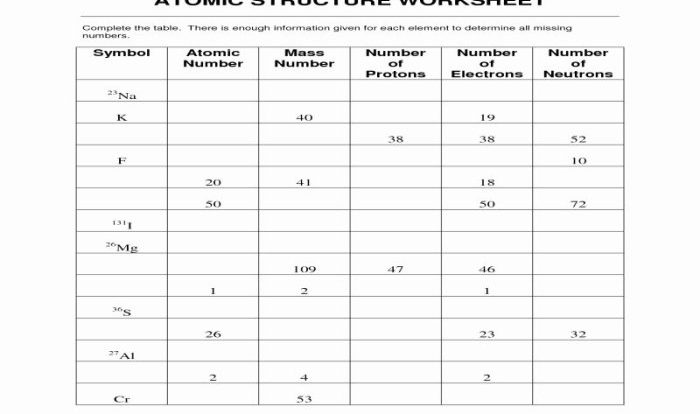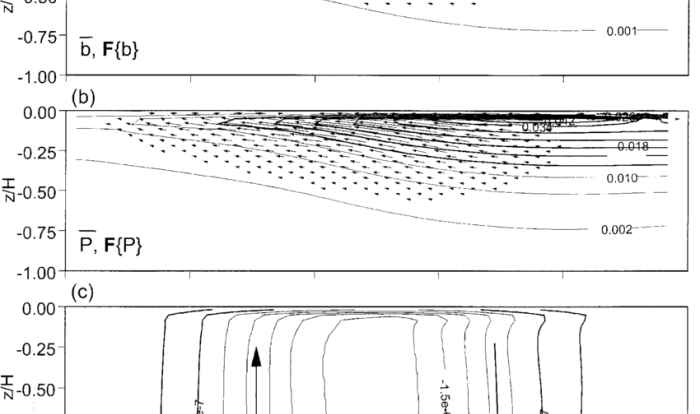Calorimetry practice problems with answers pdf – Dive into the fascinating world of calorimetry with our comprehensive PDF guide filled with practice problems and detailed solutions. Whether you’re a student seeking mastery or a professional seeking to refresh your knowledge, this resource will empower you to tackle calorimetry challenges with confidence.
Delve into the fundamentals of calorimetry, exploring its principles, applications, and the diverse types of calorimeters used in various scientific fields. Understand the intricacies of calorimetry calculations, learning how to determine heat flow, specific heat capacity, and enthalpy changes with precision.
Calorimetry Concepts: Calorimetry Practice Problems With Answers Pdf
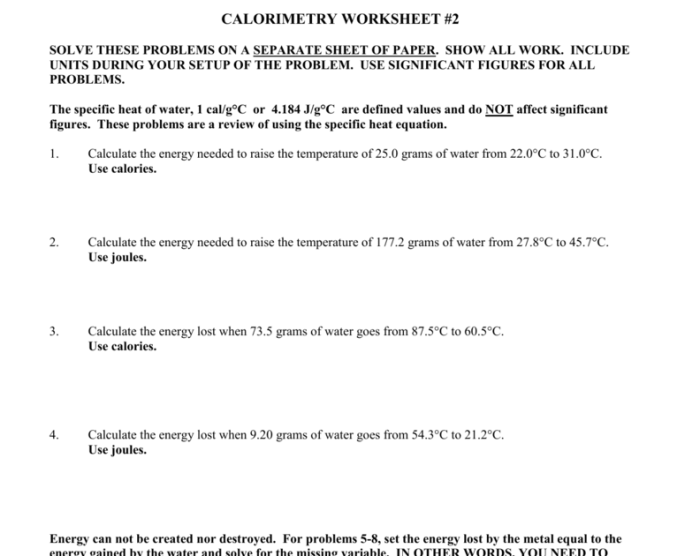
Calorimetry is the study of heat transfer and its applications. It involves measuring the amount of heat involved in chemical reactions, physical changes, and biological processes. Calorimetry plays a crucial role in various fields, including chemistry, biology, and engineering.
Different types of calorimeters are used for specific purposes, such as bomb calorimeters for measuring heat of combustion and solution calorimeters for determining heat of dissolution.
Calorimetry Calculations, Calorimetry practice problems with answers pdf
Calorimetry calculations involve determining heat flow, specific heat capacity, and enthalpy changes. The following steps are typically involved:
- Identify the system and surroundings.
- Determine the heat flow direction (exothermic or endothermic).
- Use the specific heat capacity equation (Q = mcΔT) to calculate heat flow.
- For enthalpy changes, use the formula ΔH = Q/n, where n is the number of moles of reactants or products.
Calorimetry Practice Problems
| Problem | Solution |
|---|---|
| Calculate the heat released when 10 g of water is cooled from 50°C to 25°C. (Specific heat capacity of water = 4.18 J/g°C) | Q = mcΔT = 10 g × 4.18 J/g°C × (25°C
|
| A 50 g piece of metal is heated from 20°C to 80°C. It absorbs 6.3 kJ of heat. Calculate the specific heat capacity of the metal. | Q = mcΔT, so c = Q/(mΔT) = 6.3 kJ / (50 g × (80°C
|
Calorimetry Applications
- Determining the heat of combustion of fuels.
- Measuring the heat of dissolution of substances.
- Studying the thermodynamics of chemical reactions.
- Analyzing the energy content of food.
- Investigating the thermal properties of materials.
FAQ Overview
What is the purpose of calorimetry?
Calorimetry is a technique used to measure heat flow and determine the specific heat capacity and enthalpy changes of substances.
How do I solve calorimetry problems?
Solving calorimetry problems involves applying the principles of heat flow, specific heat capacity, and enthalpy changes to calculate unknown values.
What are the applications of calorimetry?
Calorimetry finds applications in chemistry, biology, engineering, and other fields to study heat-related phenomena and make scientific discoveries.
